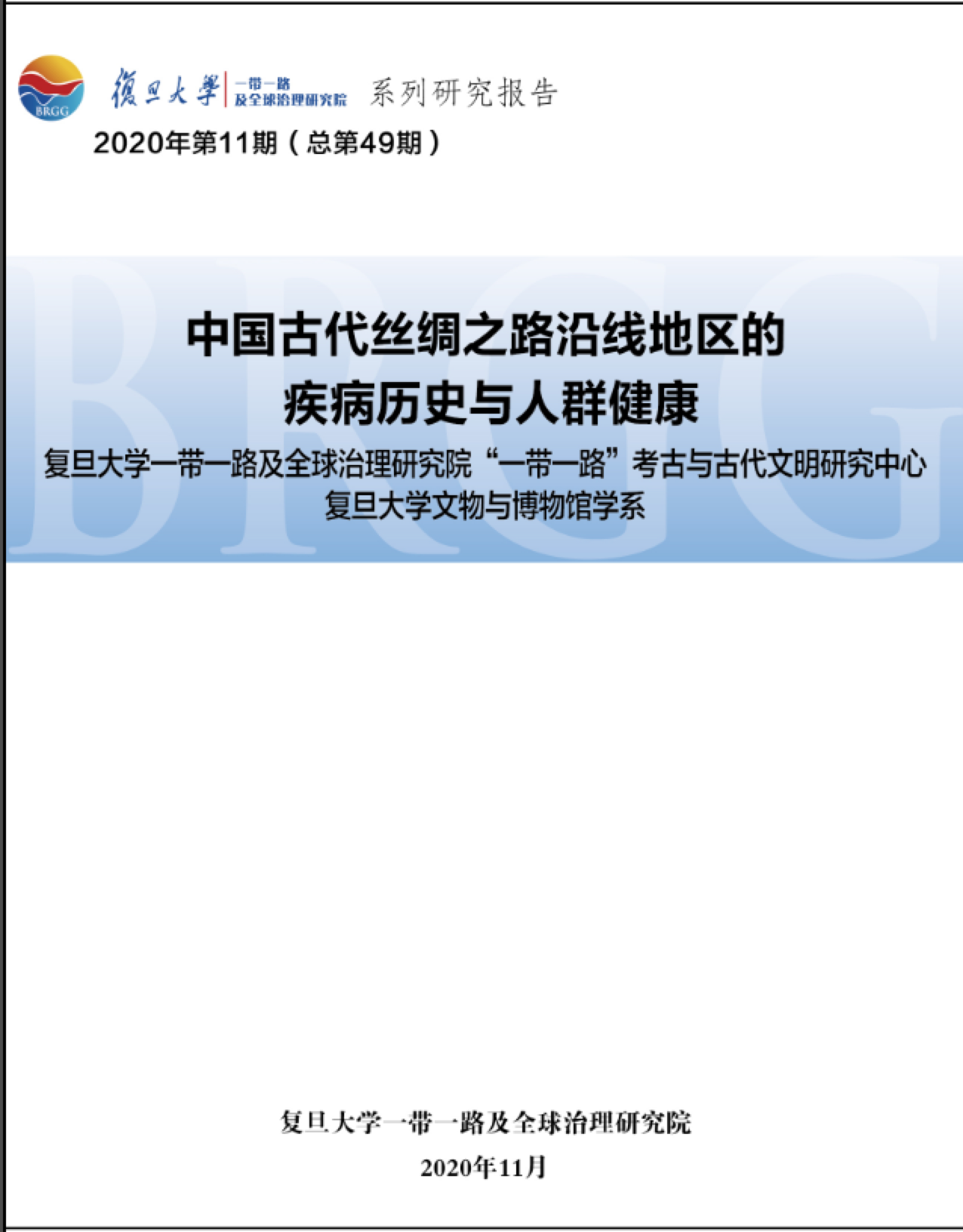
The Silk Road was the ancient traffic route connecting Eurasia from the Han Dynasty (around B.C.220) or earlier to the 14th century,when Mongolia conquered most of Eurasia.
As a result, communications of commodities, goods, people, and ideas were constantly changing over time alongside the Road.
As a historical terminology, the Silk Road describes different forms of Eurasian exchanges at different times.
The study of paleopathology and the health of ancient populations has been a new focus of the Silk Road research in recent years.
The pathogens in history often originated in ancient times, and have spread and evolved in different societies worldwide.
The movement of domesticated animals and changes in production and lifestyles directly affect human health.
As an important channel for economic and cultural exchanges between Europe and Asia, the Silk Road also brought viruses or germs during long-distance migration, trade and wars, leading to diseases.
Ancient travellers were also very concerned about spreading infectious diseases such as plague, leprosy and anthrax along the Silk Road.
One of the future research directions of paleopathology is a large-scale, cross-regional comparative study.
For example, the Global History of Health Project has focused on the health history of the American and European population in the past few decades, and now it has turned attention to the Asian region.
Chinese archaeologists and biological anthropologists should actively cooperate with countries along the ancient Silk Road in the potential topics of "prehistoric ancient Silk Road Pathology" or "Palaeopathology across Eurasia".






